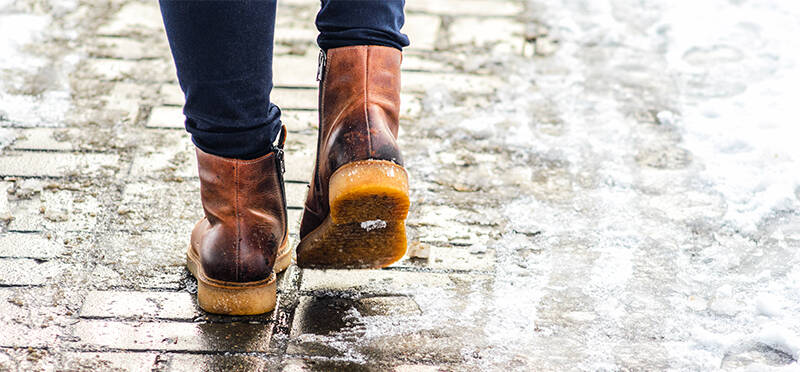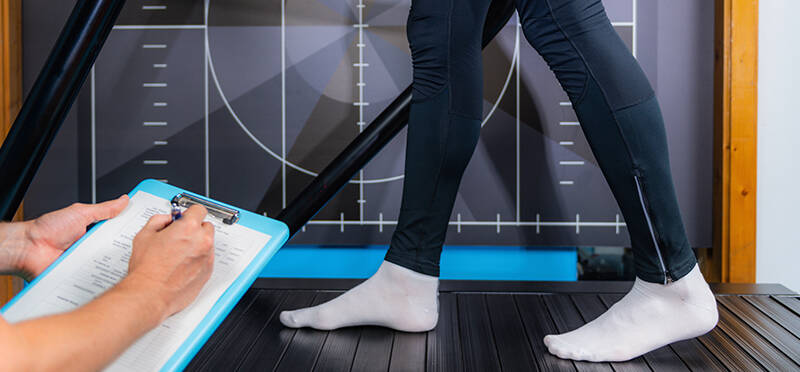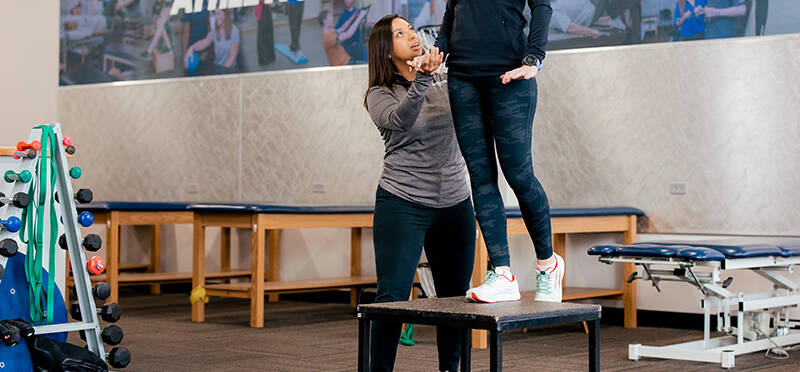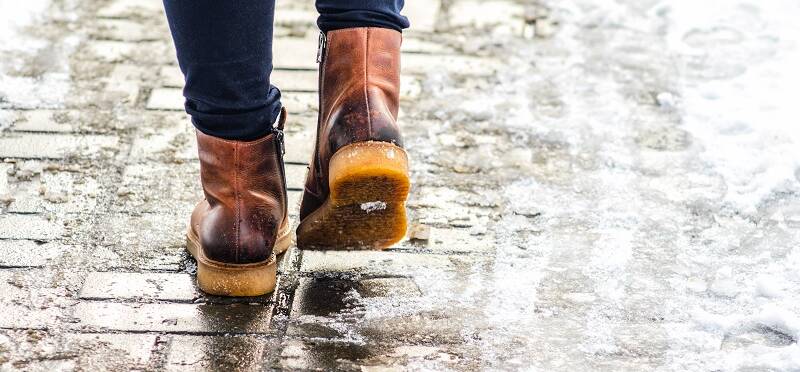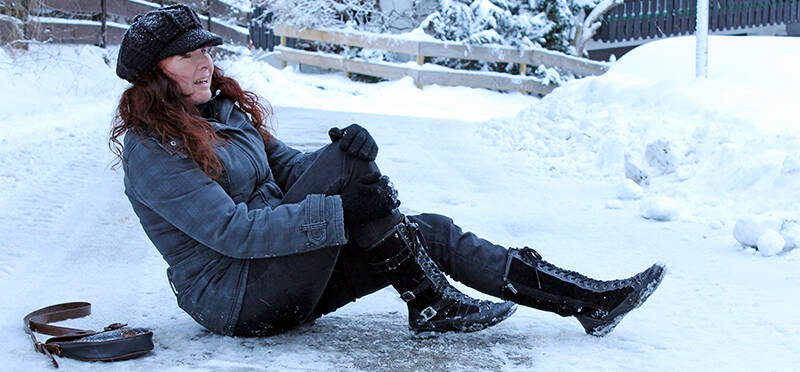How To Weather The Wintertime To Prevent Slips And Falls
Posted on January 8, 2024 by Kathleen Habschmidt PT, DPT
As we navigate this time of year, we face the inevitable challenges of cold, snowy, and icy weather. While these...
(more…)




